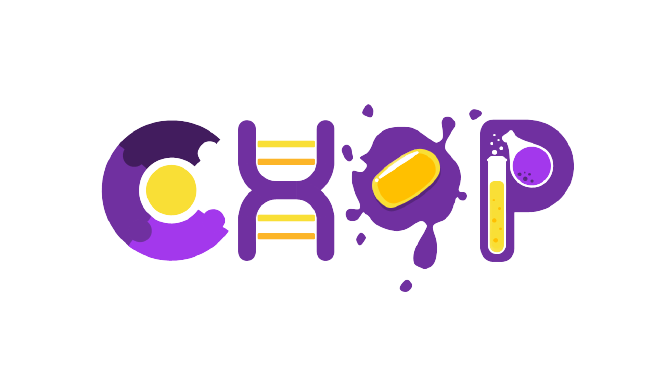Part:BBa_K4080010
amilCP-eCPX fusion with T7 expression
T7 expression systems are capable of producing a wide range of proteins in E. coli. Improvements to overexpression with clean harvest can be done under T7 control and using eCPX as an outer membrane. amilCP is a display protein of interest used to measure the yield of protein produced by the system. This composite is one of two that will be working to generate a CHOP system. Characterization of two expression systems (between T7 and non T7) is measured to select the best blueprint for the CHOP system. Characterization of the overall system contributes to improving the new era of protein overexpression.
Introduction
|
UBrawijaya iGEM 2021 project CHOP systemis an outer membrane vesicle based protein overexpression system that includes three goals towards producing a blueprint for an ideal protein production system. This project can be customized because the system can be adapted with various proteins of interest, the overexpression system that can increase protein yield, and the clean harvest with simplified purification steps that is equipped with a protease enzyme expression mechanism in the concentrated system - from vesicles and cell pellets. |
This composite aims to know the feasibility of using the T7 expression system for overexpressing the pigmented protein known as chromoprotein (amilCP), and by utilizing the terminal display scaffold eCPX will be localized on the outer membrane of the E.coli host.
Usage and Biology
One of the most widely used prokaryotic protein-producing systems uses the T7 phage polymerase that recognizes the T7 phage promoter. The T7 promoters have contributed to 63% of all unique membrane protein structures. Although the previous system is proven to permit high levels of target protein, however the system is not without its problems, especially a gradual decrease in the expression levels of the target gene and complicated downstream process. The novel CHOP system created was based on an amilCP-eCPX fusion with T7 expression cassette designed to maximize the production levels of the target protein with a clear downstream process using autocleavage TEV protease-TEV cleavage site. The existence of TEV Cleavage as a cutting point for TEV protease and linker so that the developed system can be clean without any downstream processing [2,3].
Result
The second goal of the CHOP project is to characterize different expression systems to maximize the production levels of the chromoprotein to overexpression. This composite is designed through the T7 expression system, as the first step to confirming the insert is through electrophoresis to find out the ideal PCR condition.
Cells transformation with amilCP-eCPX fusion (chloramphenicol antibiotic screening). Making competent cells with the desired insert is needed to achieve the goals, one of the initial steps is transforming amilCP-eCPX fusion to BL21 and BL21(DE3) cells, the antibiotic helps the screening process.

The influence of incubation time on competent cell growth. Finding out the optimum incubation time is important to manage the cell work in maximum capacity and ideal condition. The graph below shows the influence of incubation time on the number of different competent cells.

Reference
[1] Rice, Jeffrey J., and Patrick S. Daugherty, "Directed evolution of a biterminal bacterial display scaffold enhances the display of diverse peptides," Protein Engineering, Design & Selection 21, no. 7. Pp. 435-442, Jul.2008.
[2] Angius F, Ilioaia O, Amrani A, Suisse A, Rosset L, Legrand A, Abou-Hamdan A, Uzan M, Zito F, Miroux B, “A novel regulation mechanism of the T7 RNA polymerase based expression system improves overproduction and folding of membrane proteins,” Scientific reports 8, no.1. Pp. 1-11, Jun. 2018.
[3] Kesik-Brodacka, Malgorzata, Agnieszka Romanik, Diana Mikiewicz-Sygula, Grazyna Plucienniczak, and Andrzej Plucienniczak, "A novel system for stable, high-level expression from the T7 promoter." Microbial cell factories 11, no. 1, Pp. 1-7. Dec. 2012.
Sequence and Features
- 10COMPATIBLE WITH RFC[10]
- 12COMPATIBLE WITH RFC[12]
- 21COMPATIBLE WITH RFC[21]
- 23COMPATIBLE WITH RFC[23]
- 25COMPATIBLE WITH RFC[25]
- 1000COMPATIBLE WITH RFC[1000]
| None |


